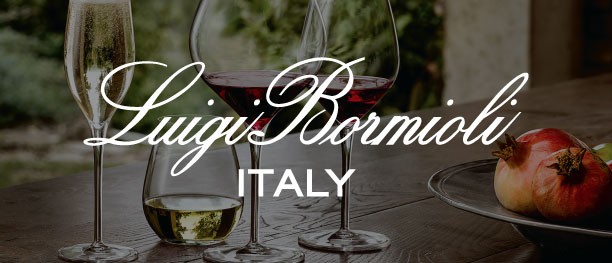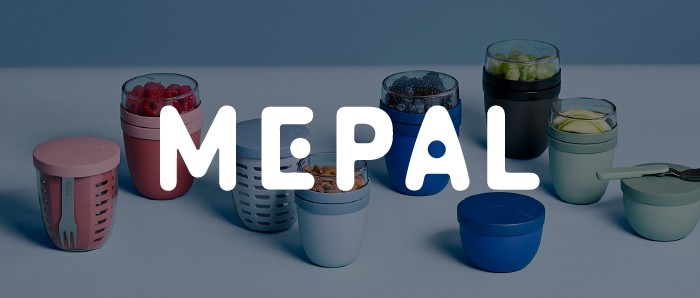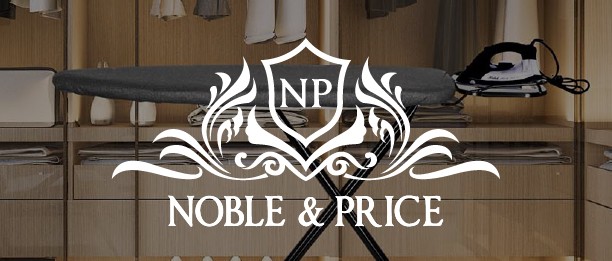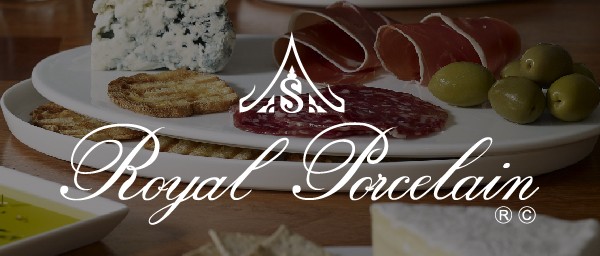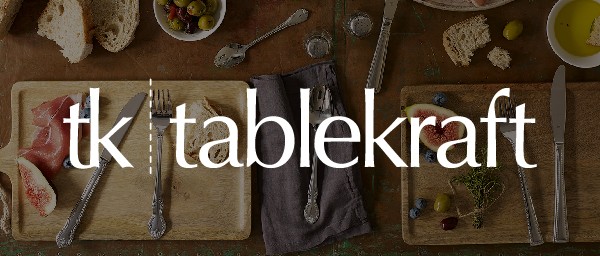Transform the Front of Your House with Stunning Landscaping Ideas
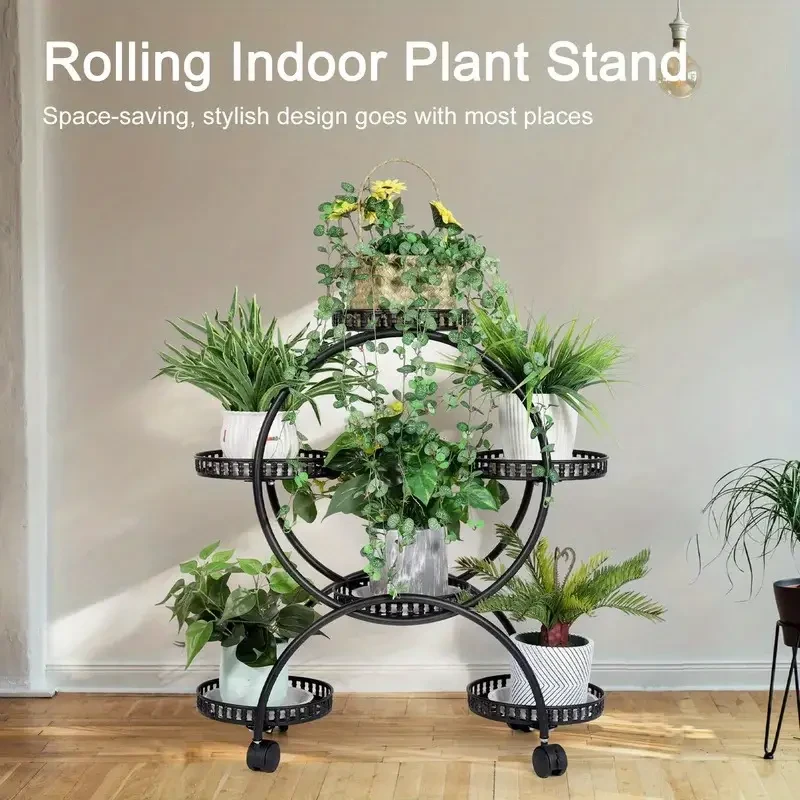
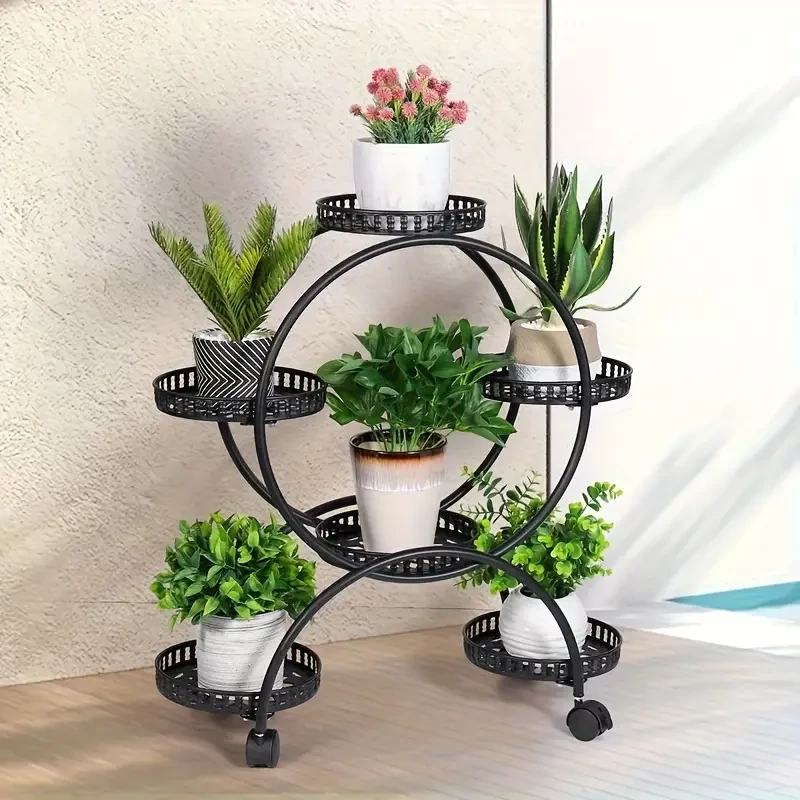
Metal Plant Stand Rack Indoor Outdoor Flower Pot
Gift Tree
Approx $108.83 USD
Your home’s curb appeal is the first impression you make on guests, neighbors, and passersby. Whether you have a modest suburban home in Auckland or a luxurious property overlooking the hills of Wellington, landscaping the front of your house can enhance its beauty, value, and functionality. The right landscaping ideas can turn a dull, uninspiring front yard into a vibrant and welcoming space. Whether you’re interested in contemporary minimalist designs, lush cottage gardens, or functional outdoor spaces for entertaining, landscaping offers endless possibilities to create a beautiful exterior.
Why Landscaping the Front of Your House Matters
Landscaping isn’t just about aesthetics—it’s also about functionality, sustainability, and creating an environment that reflects your personality and lifestyle. For Kiwis, where outdoor living is a big part of the culture, a well-designed front yard offers the perfect space for relaxation, socialising, and enhancing the overall look of your property.
The front yard is the first thing anyone sees when they approach your house, and with the right landscaping, you can set the tone for the entire property. Landscaping can increase your home's curb appeal, improve the overall aesthetic, and even add value to your property, which is particularly important in the current New Zealand housing market.
Landscape Design Ideas for the Front of Your House
Landscaping the front of your house allows you to make a statement. From lush gardens to modern hardscaping features, there are countless ways to transform the exterior of your home into something spectacular. Here are some ideas to help you get started:
Create a Welcoming Pathway
A beautiful pathway leading to your front door is an excellent way to introduce visitors to your home. A pathway can be designed in many different styles, whether you prefer a rustic, natural look or a sleek, modern finish. Consider using materials like gravel, cobblestones, pavers, or even wood to create a pathway that complements the style of your house.
Adding Plants Along the Pathway
To enhance the pathway, consider lining it with vibrant, fragrant plants or low-growing shrubs. Flowers such as lavender, daisies, or petunias add pops of color, while ornamental grasses or hedges can create an inviting border. This not only adds beauty but also enhances the sensory experience for anyone approaching your home.
Feature Planting Around the Front of the House
Feature planting is an essential component of landscaping that can elevate the visual appeal of your front yard. Consider incorporating statement plants like palms, large-leaved shrubs, or even a tree to create an eye-catching focal point. These plants should reflect the style of your home, whether you opt for native New Zealand species, Mediterranean plants, or tropical species for a lush garden.
Incorporating Native New Zealand Plants
One of the best ways to incorporate local charm into your front yard is by using native plants. New Zealand offers a wide variety of native species such as kowhai, flax, and rātā, which thrive in the local climate and require minimal maintenance. These plants also provide an environmentally-friendly choice, supporting local wildlife and conserving water.
Install a Stylish Fence or Gate
A fence or gate not only serves as a boundary but can also act as a stylish feature that complements the landscaping around the front of your house. From sleek modern metal designs to more traditional timber fences, the right fence can provide both privacy and security while enhancing the overall appearance of your property.
Choosing the Right Fence for Your Home
Consider the style of your home when selecting a fence. For a contemporary home in Auckland, opt for a minimalist metal or glass fence that adds sophistication. Alternatively, if you live in a rural area, a wooden picket fence or even a living fence made of climbing plants can help tie the landscape together with a more natural look.
Create a Layered Garden Bed
Layered garden beds are a great way to add depth, texture, and interest to the front of your house. By mixing different plant sizes and types, you create a dynamic, multi-dimensional look. Use tall plants in the back, medium-sized plants in the middle, and shorter plants at the front. This design allows every part of the garden to be visible and adds a sense of flow and movement to the space.
Selecting Plants for Layered Garden Beds
Choose plants with different colors, textures, and forms for a more dramatic effect. Incorporating flowering plants with various bloom times ensures that the front of your house remains vibrant throughout the year. Plants like hydrangeas, roses, and chrysanthemums will offer bursts of color, while shrubs such as camellias and lavender add structure and texture.
Enhance with Outdoor Lighting
Lighting is an essential component of any well-designed landscape. Whether it’s highlighting your garden beds, illuminating a pathway, or creating a warm glow around the entrance of your home, outdoor lighting can dramatically enhance the front of your house, especially in the evenings.
Lighting Features for Front Landscaping
Install solar-powered lights along your pathway or near feature plants to create a welcoming ambiance. Wall-mounted sconces or recessed lights on the porch can also add functional yet decorative elements to your space. Don’t forget about uplighting trees or large shrubs to create dramatic effects.
Water Features for Tranquility
A water feature like a fountain, pond, or small waterfall can bring a sense of calm and serenity to the front of your house. The sound of trickling water adds an element of tranquility to your front yard, making it a relaxing space to unwind.
Incorporating a Pond or Fountain
Ponds or water fountains can work beautifully in both modern and traditional front yards. A small, self-contained fountain adds elegance, while a larger pond can support aquatic plants and fish, creating a natural, dynamic element to your landscaping. Make sure to choose materials that complement your home’s overall aesthetic.
Lawn and Turf Solutions
While many people today opt for garden beds and decorative elements, a lush green lawn remains an essential part of landscaping for many homes. A healthy, well-maintained lawn creates a traditional, well-balanced look that pairs well with almost any design. In addition, a front lawn provides a great space for kids and pets to play, and it enhances the overall appeal of your house.
Sustainable Lawn Alternatives
If you're looking for a more sustainable option, consider drought-tolerant grass varieties or artificial turf. Both solutions offer minimal maintenance while keeping your front yard looking lush and green. These alternatives are particularly useful in areas with water restrictions or those looking to reduce their environmental footprint.
Create Outdoor Spaces for Relaxation and Entertaining
The front of your house is also an opportunity to create spaces for outdoor relaxation and entertaining. Whether it’s a small seating area for quiet evenings or a larger space for family gatherings, outdoor living areas can significantly enhance your front yard.
Outdoor Furniture and Shade Structures
Choose comfortable, weather-resistant furniture that complements the natural surroundings. Outdoor sofas, lounge chairs, and tables provide the perfect setting for a family barbecue or evening drinks. Add shade elements like pergolas or umbrellas to create a relaxing spot to enjoy your front yard during sunny days.
Incorporating Greenery into Hardscaping
Hardscaping refers to the non-plant elements of your landscaping design, such as paved paths, driveways, or walls. However, hardscaping doesn’t have to be purely utilitarian—it can also be enhanced with plants and greenery to create a seamless blend between nature and structure.
Green Walls and Vertical Gardens
For smaller front yards or limited space, consider vertical gardens or green walls. These structures are made of plants growing upwards, using wall-mounted systems that help integrate greenery without taking up floor space. Vertical gardens can add vibrancy and life to areas that would otherwise feel empty.
Sustainable Landscaping Ideas for New Zealand Homes
As more Kiwis become conscious of their environmental footprint, sustainable landscaping ideas are becoming increasingly popular. These ideas not only help reduce your impact on the planet but also create functional, eco-friendly outdoor spaces that thrive in New Zealand’s climate.
Native Planting for Low Maintenance
One of the best ways to create a sustainable front garden is by incorporating native New Zealand plants that thrive without excessive water, chemicals, or maintenance. Local species like pōhutukawa, kowhai, and flax are not only drought-resistant but also support local wildlife like birds and insects, creating a thriving ecosystem in your front yard.
Water Conservation Techniques
Incorporating water-saving techniques like rainwater harvesting, using mulch to retain moisture, and opting for drought-resistant plants helps conserve water. These techniques are particularly beneficial in areas with irregular rainfall or during dry summer months.
Reduce Lawn Area with Ground Covers
Ground covers are a fantastic alternative to traditional lawns. They offer a low-maintenance solution for areas that would typically be grassed while still providing lush greenery. Consider using native ground covers such as moss or clover to create a carpet-like effect with minimal effort.
Where to Buy Landscaping Supplies in New Zealand
New Zealand offers an abundance of gardening stores and suppliers that provide everything you need to execute your landscaping vision. Popular retailers such as Bunnings Warehouse, Mitre 10, Kings Plant Barn, and The Warehouse offer a wide selection of plants, tools, and landscaping materials. You can also find online shops that specialize in native plants, sustainable landscaping, and eco-friendly materials.

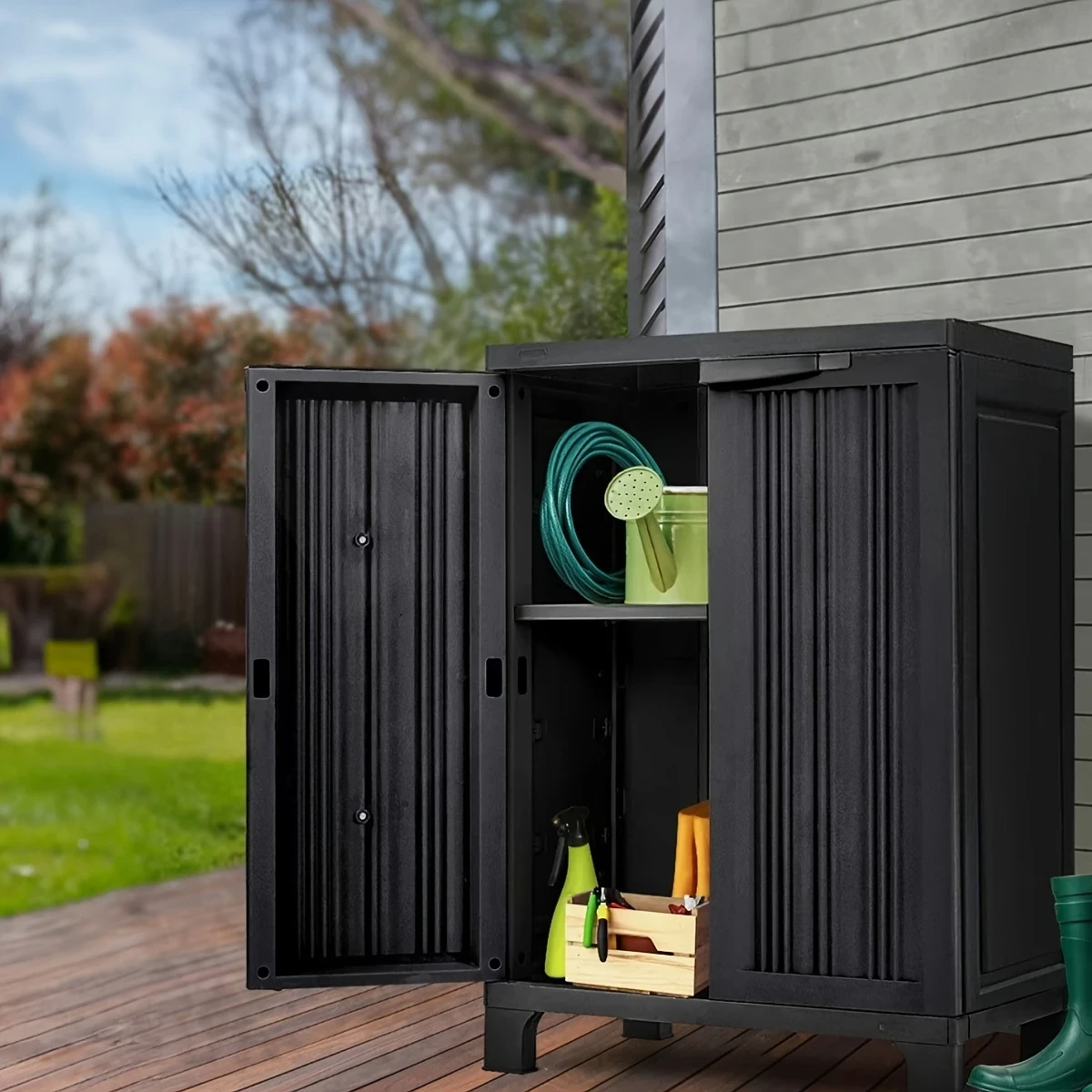
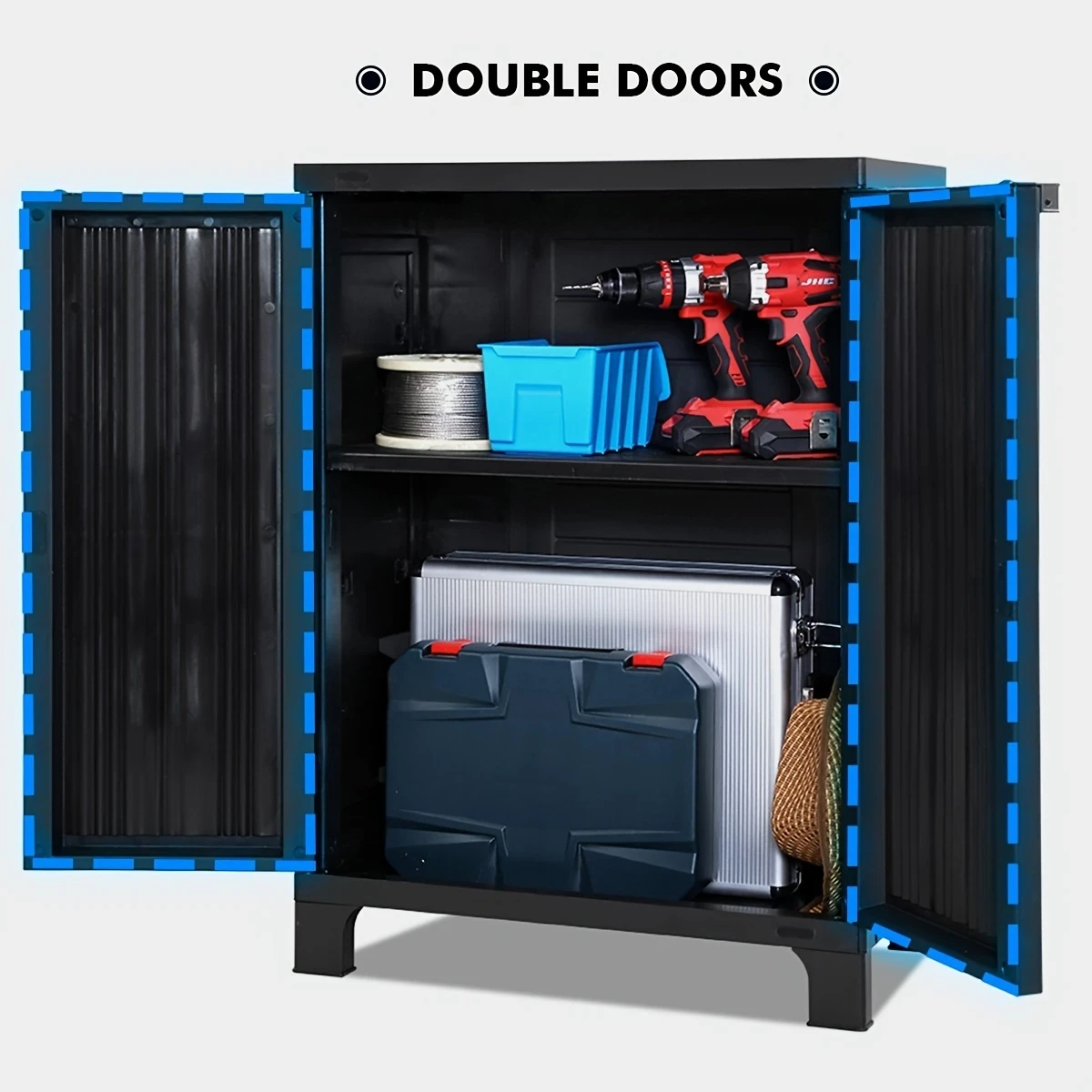
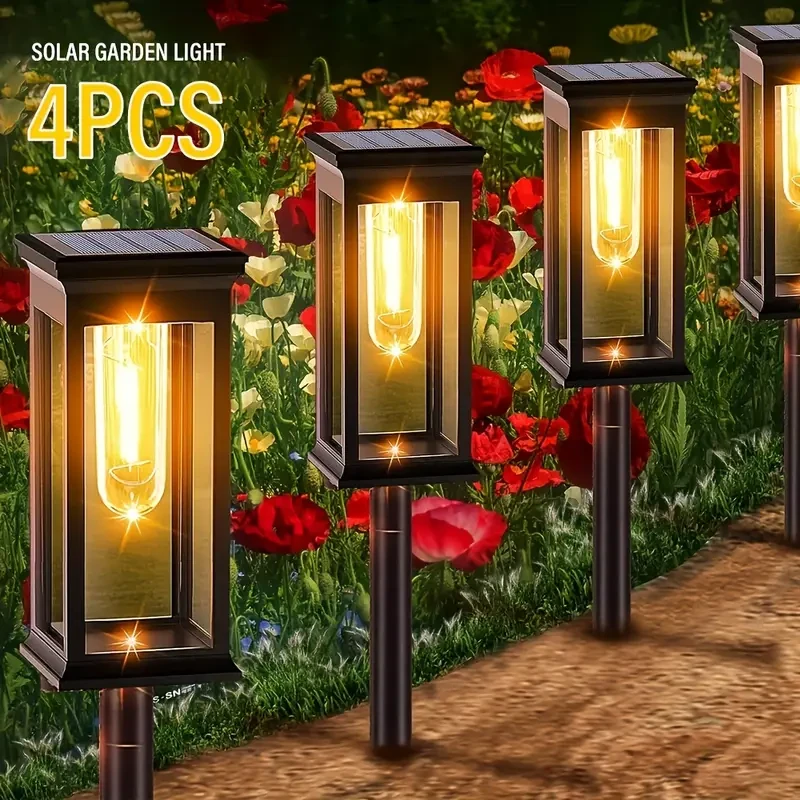
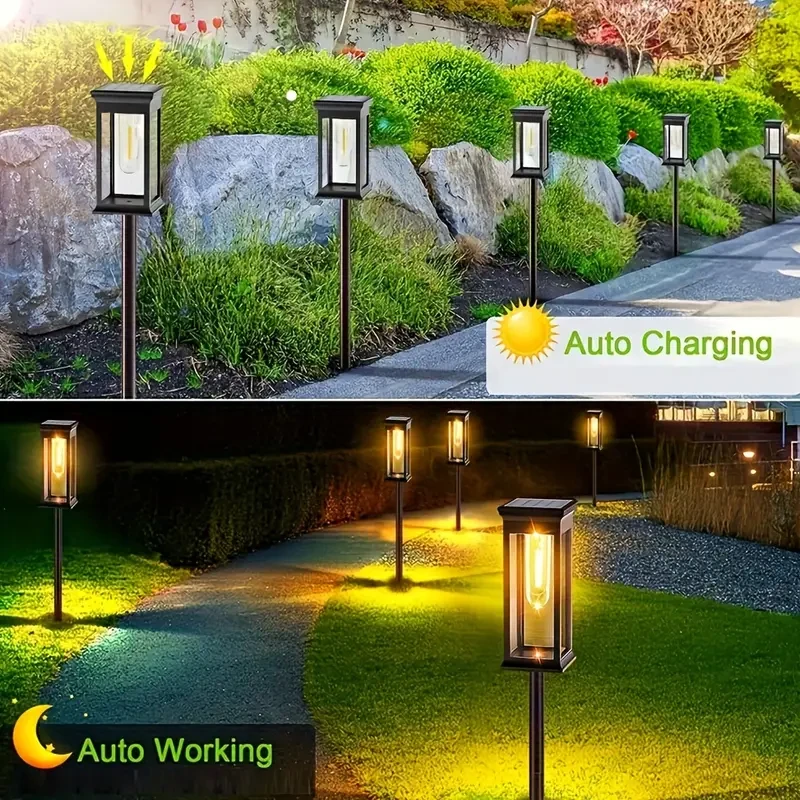


.jpg)







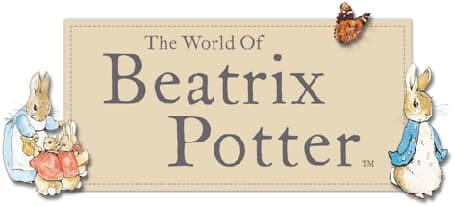

.jpg)





.jpeg)





.jpeg)



.jpeg)








.jpeg)



.jpeg)

.jpeg)

.jpeg)

.jpeg)




.jpeg)
.jpg)

.jpeg)






.jpeg)
.jpeg)




.jpeg)


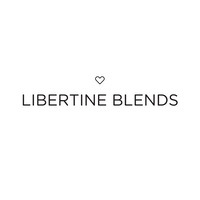

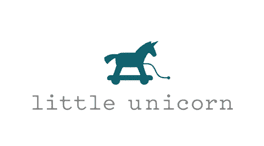
.jpeg)


.jpeg)

.jpeg)

.jpeg)

.jpeg)







.jpeg)
.jpeg)
.jpeg)





.jpeg)

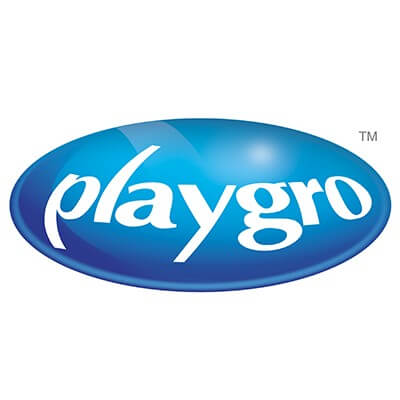

.jpeg)


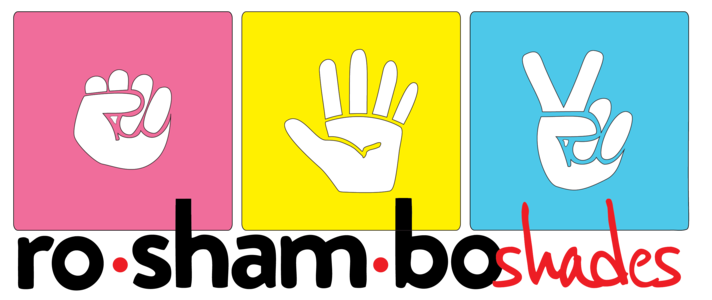



.jpg)
.jpeg)








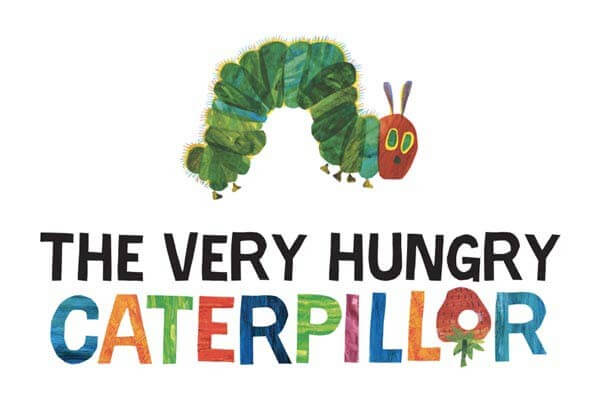
.jpg)


ulva-Logo.jpg)




.jpeg)
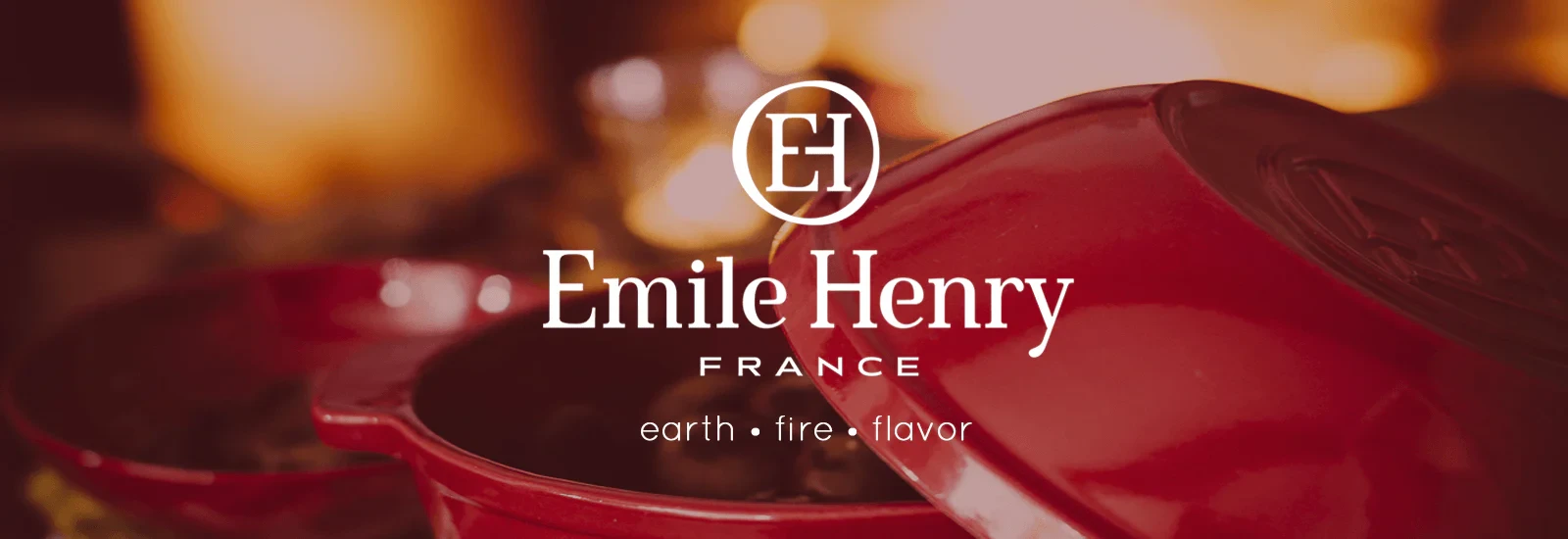


.png)
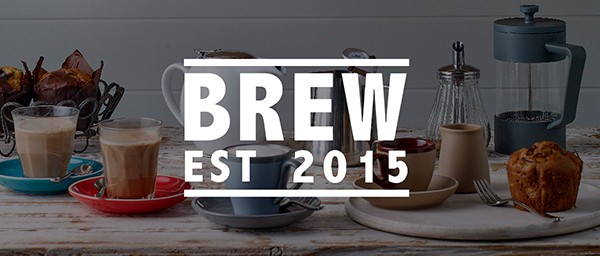

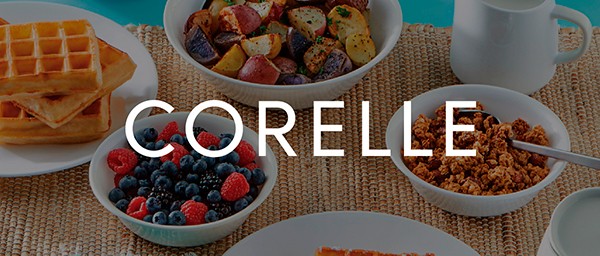

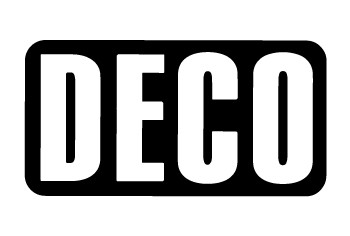


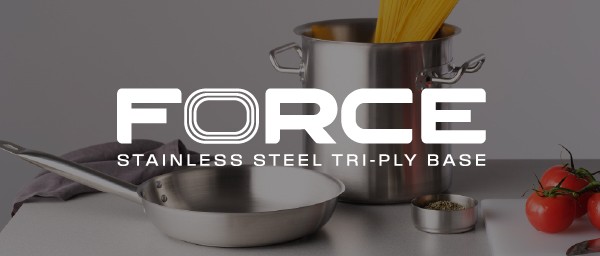
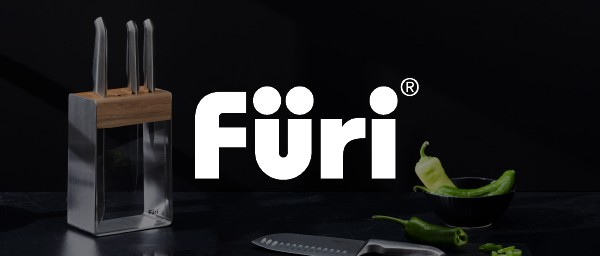






.png)




